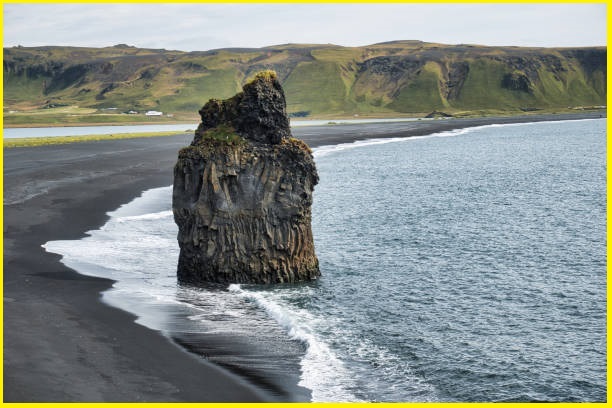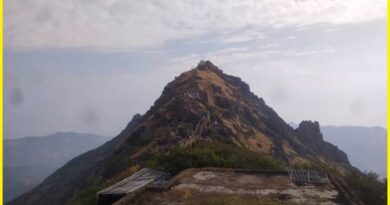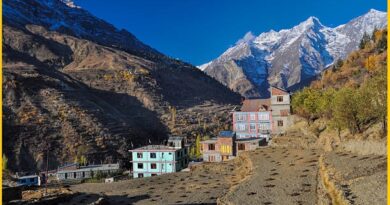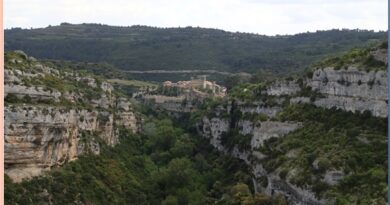Shores of Obsidian- Exploring Iceland’s Black Sand Beach
Black sand Beach
Iceland is famous for its stunning natural landscapes and black sand beaches. One of Iceland’s most well-known black sand beaches is Reynisfjara Beach, located near the village of Vík í Mýrdal in the southern part of the country. Reynisfjara is renowned for its dramatic basalt columns, towering cliffs, and the contrast of its black sand against the roaring waves of the Atlantic Ocean. Another black sand beach worth mentioning is Diamond Beach, located near Jökulsárlón Glacier Lagoon in the southeast of Iceland. This beach is famous for its chunks of ice washed up on the shore, resembling glistening diamonds against the black sand.
1. Reynisfjara Beach
Reynisfjara Beach is one of Iceland’s most famous black sand beaches. It is renowned for its striking black sand, which offers breathtaking views of the Atlantic Ocean and is often visited by tourists seeking to experience Iceland’s unique natural beauty. One of the most notable features of Reynisfjara Beach is the basalt columns known as Reynisdrangar. These hexagonal basalt columns rise from the sea, creating a stunning backdrop against the black sand beach. Legend has it that these columns were once trolls who were turned to stone when caught by the sunlight.
Reynisfjara Beach Waves
2. Diamond Beach
Diamond Beach, located near the Jökulsárlón Glacier Lagoon in the southeast of Iceland, is a mesmerizing natural wonder renowned for its breathtaking beauty. This stunning beach gets its name from the countless glistening icebergs that wash up on its shore, resembling sparkling diamonds against the dark volcanic sands. The icebergs that populate Diamond Beach originate from the nearby Breiðamerkurjökull glacier, which is part of the larger Vatnajökull ice cap. As the glacier calves, massive chunks of ice break off and float into the nearby Jökulsárlón Glacier Lagoon. From there, many of these icebergs make their way towards the Atlantic Ocean, where they are shaped and sculpted by the waves before ultimately washing up on Diamond Beach.
Visitors to Diamond Beach are treated to a truly magical sight as they stroll along the shore, marveling at the glittering ice sculptures scattered across the black sand. The contrast between the sparkling ice and the volcanic landscape creates a surreal and otherworldly atmosphere, making Diamond Beach a favorite destination for photographers, nature lovers, and adventurers alike.
3. Jökulsárlón Glacier Lagoon
Jökulsárlón Glacier Lagoon is one of Iceland’s most iconic natural attractions. It is a large glacial lake formed at the edge of the Vatnajökull National Park, which is home to the Vatnajökull glacier, Europe’s largest ice cap. The glacier lagoon is the result of the retreat of the Breiðamerkurjökull glacier, a tongue of the larger Vatnajökull glacier. As the glacier recedes, it leaves behind a deep lake filled with meltwater. This lake is constantly fed by the melting ice from the glacier, creating a stunning landscape of floating icebergs in various shapes and sizes.
Visitors to Jökulsárlón Glacier Lagoon can take boat tours to get up close to the icebergs, providing an immersive experience amidst the icy wonders. The blue hues of the ice contrast starkly with the surrounding black sand beaches, creating a surreal and picturesque scene that has attracted photographers and nature enthusiasts from around the world.
In addition to its visual splendor, Jökulsárlón Glacier Lagoon is also an important habitat for various bird species, including arctic terns and skuas, which can be seen nesting and feeding in the area.
Also Read- How To Reach Ice Cave Skaftafell Iceland Better Than Anyone Else




